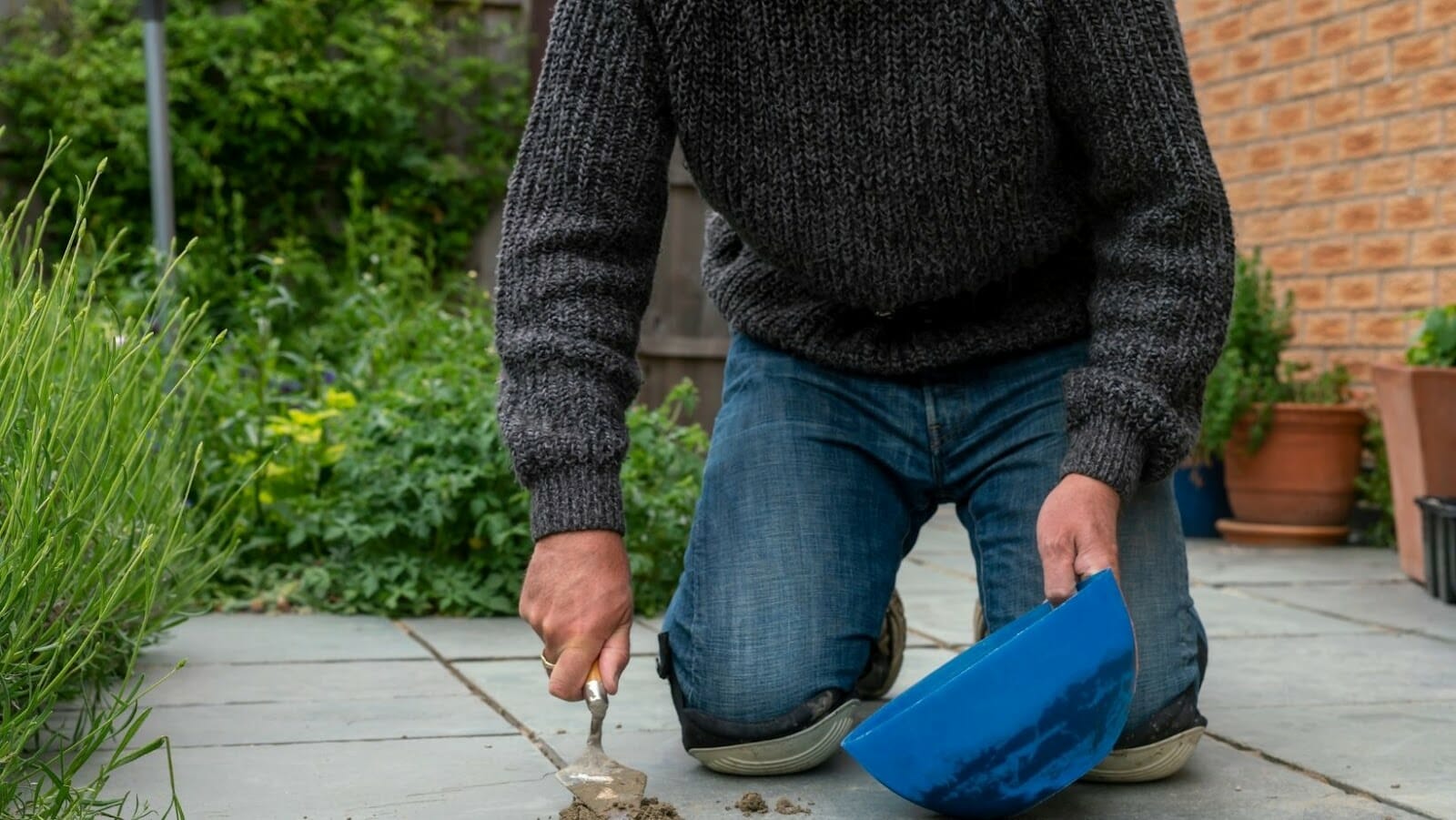
Tile repair work can be a tricky and complicated process, especially if you are dealing with existing grout on your tiles. In order to ensure that the new grout adheres properly to your tiles and provides a long-lasting seal, it is important to prepare them properly before applying the new layer.
Can You Regrout Over Old Grout
There are several factors that will determine whether you can regrout over old grout or not. For example, the condition of your existing grout will play a role, as well as the type of tile you have installed. Some tiles may be more porous than others and require extra preparation before applying new grout.
That being said, in general, you should not attempt to regrout over old grout unless it is in good condition. If your old grout is cracked, loose, or otherwise damaged, it will not provide a good foundation for new grout and can cause problems down the road.
If you do decide to regrout over old grout, the first step is to thoroughly clean the area. You want to remove all dirt, grime, and residue from the surface of your tiles so that the new grout will have a clean surface to adhere to. Once you’ve cleaned the area, you can proceed with applying the new grout.
When applying new grout, it is important to follow the instructions carefully and use the right tools. This will help ensure that your grout adheres properly and provides a long-lasting seal for your tiles. With patience and care, you can successfully regrout over old grout and enjoy beautiful, functional tile floors.
Different Types of Grout, What Lasts Longer
There are two main types of grout: cement-based and epoxy-based. Each type has its own benefits and drawbacks, so it’s important to choose the right one for your needs.
Cement-based grout is the most common type and is typically used for interior applications. It is made from Portland cement, sand, water, and other additives. This type of grout is relatively affordable and easy to work with, but it can be prone to cracking or shrinking over time.
Epoxy-based grout is a newer type that is becoming increasingly popular for use in both interior and exterior applications. It is more durable than cement-based grout and is resistant to stains, chemicals, and heat. Epoxy-based grout is more expensive than its cement-based counterpart, but it may be worth the investment for areas that see a lot of wear and tear.
No matter which type of grout you choose, it’s important to follow the manufacturer’s instructions carefully when applying it. This will help ensure that your grout lasts for many years and provides the level of protection and performance that you need.
Tips for Better Grouting
If you want to get the best results from your grouting project, it’s important to follow these tips:
- Choose high-quality grout and sealer. To get a smooth, clean finish that won’t crack or peel over time, be sure to choose products with good overviews and high ratings.
- Use grout with the proper viscosity for your project. A thick, paste-like grout is best for large areas that need extensive filling, while a thin liquid grout will be more appropriate for smaller patching jobs and repairs.
- Apply the sealer properly to ensure long-term protection of the grout. When applying the sealer, work in small sections and make sure that you don’t miss any spots—otherwise you could end up with problems later on.
- Avoid DIY disasters by going slowly and allowing plenty of time for drying between each step in your grouting project. By being patient, taking your time, and following these simple tips, you can achieve beautiful, professional-looking results.



